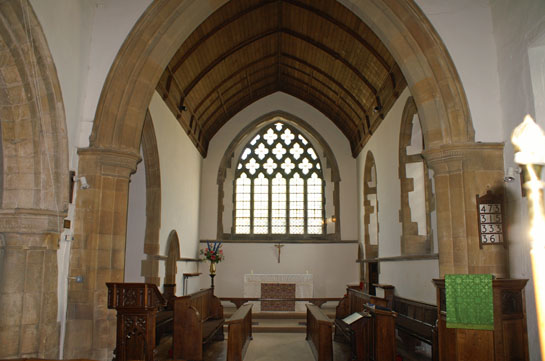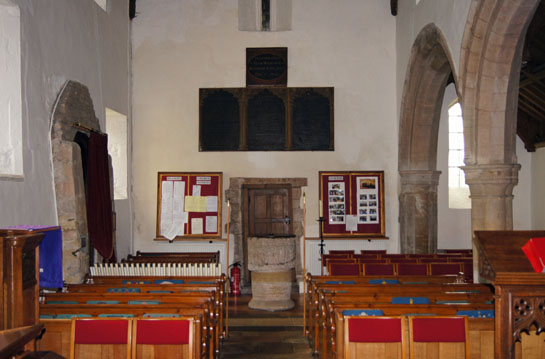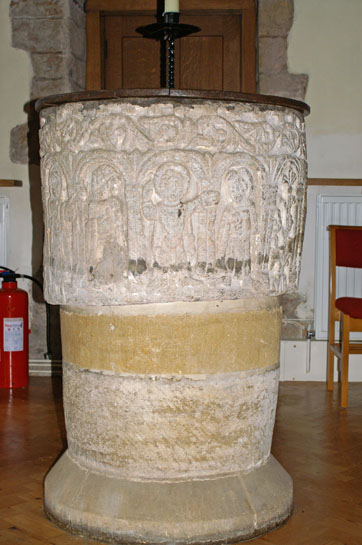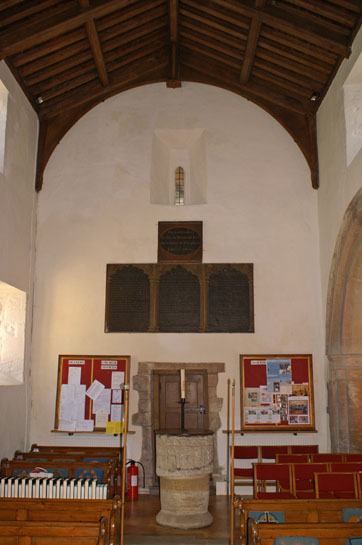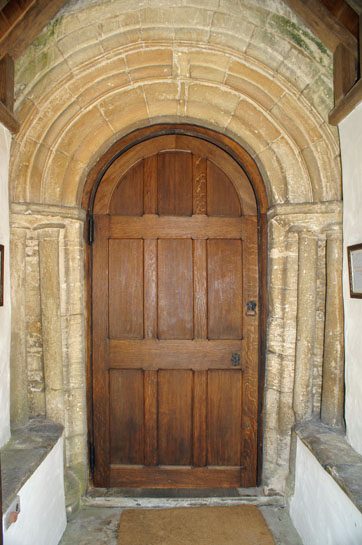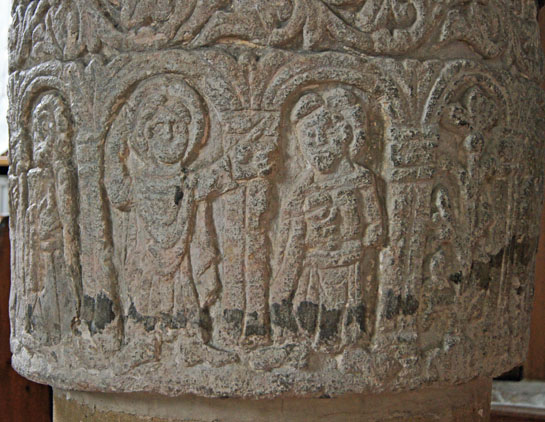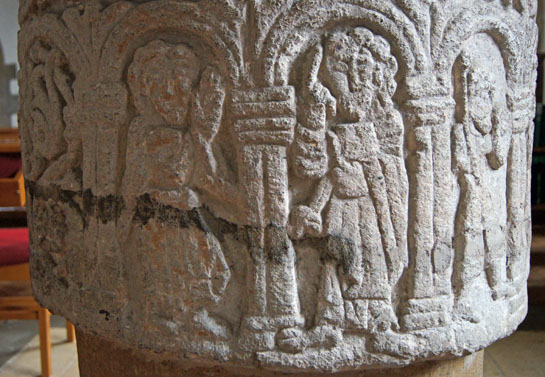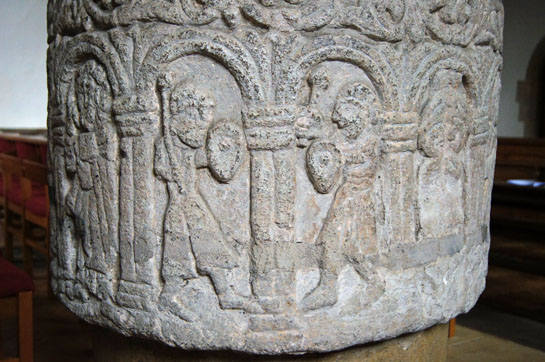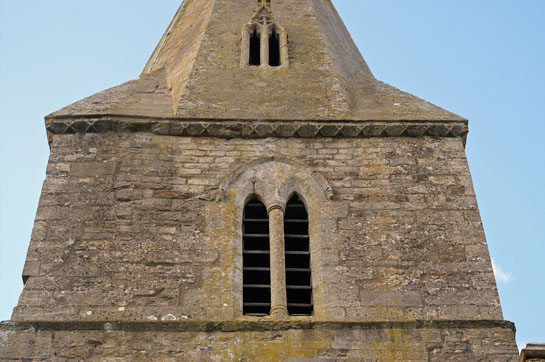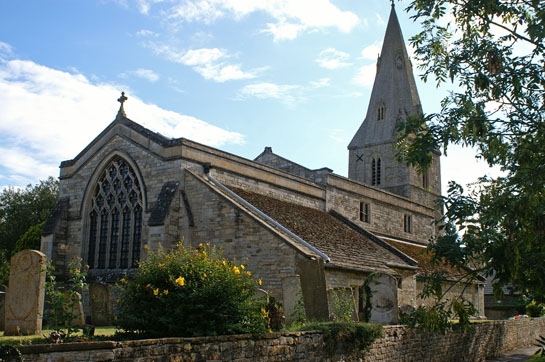|
Wansford is the 100th church I have added to my site. I wanted my “century” church to be one of the small, ancient and unlauded churches that I love best. It’s also only am few miles from where I live.
It started life in Anglo-Saxon times. We know this from the little Anglo-Saxon window high up in the west wall of the nave. The nave itself is believed to be early Norman. The south door is certainly later than this, bearing as it does all the signs of being of the Transitional period. It is believed to date from 1200. The tower too is dated to the thirteenth century. It is of hefty dimensions. Its broach spire - a local speciality - is early fourteenth century. There is a north aisle with an arcade dating from early fifteenth century..
The chancel dates only from 1902 after the original fell down. It does not look that recent so I surmise that much of the original character of it was deliberately retained.
So far, so ordinary. It is the Norman font, however, that is the glory of this church. It is variously dated between 1100-1120. A rather old information board in the church says that it was found at Sibberton Lodge in nearby Thornhaugh a mile or so away. The village of Sibberton was abandoned because of the ravages of Plague and the last mention of its church was in 1389. This is some forty years after the so-called Great Plague but the 1380s were ravaged by further catastrophic outbreaks that are “forgotten”
|
